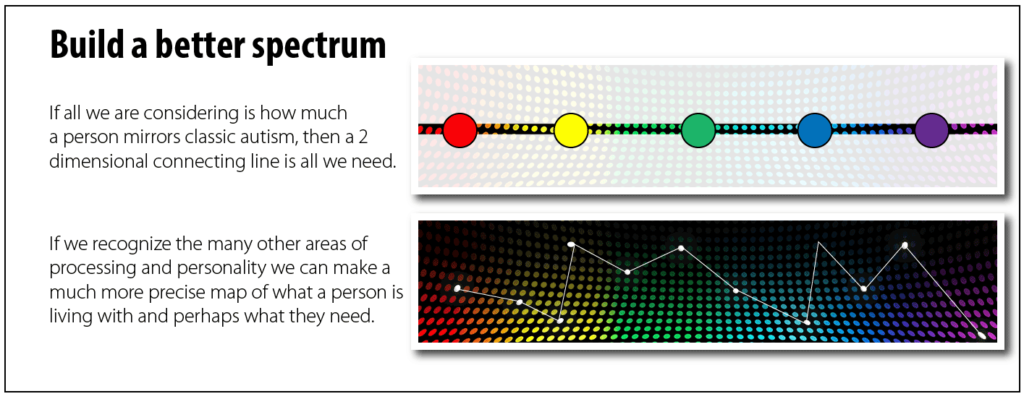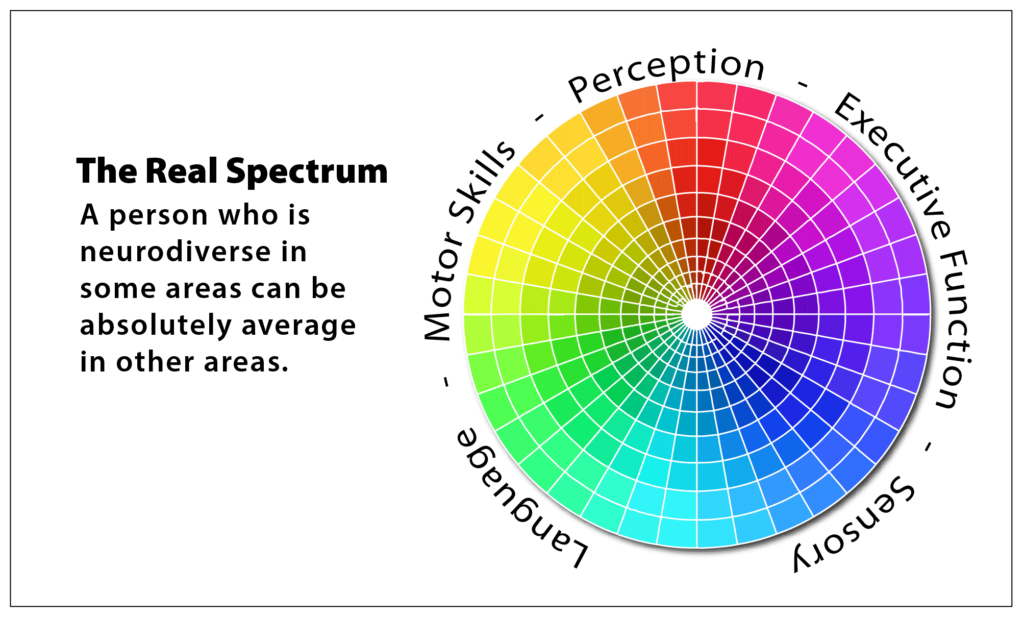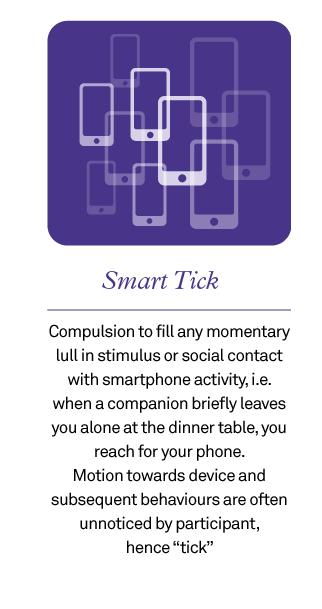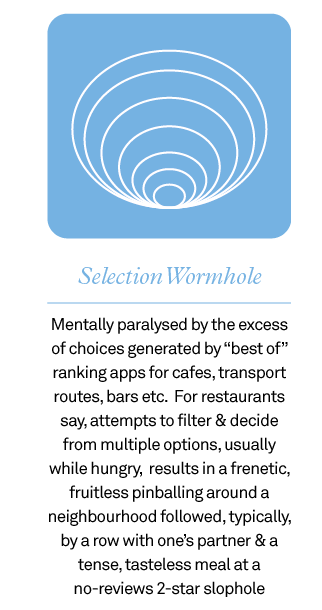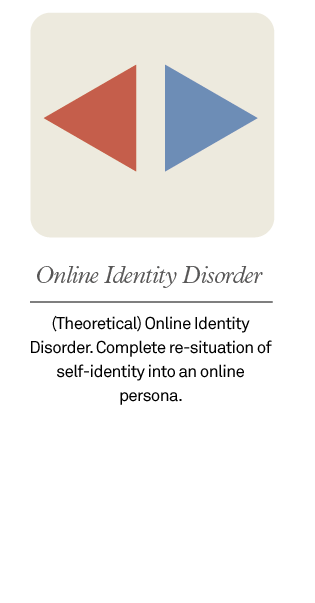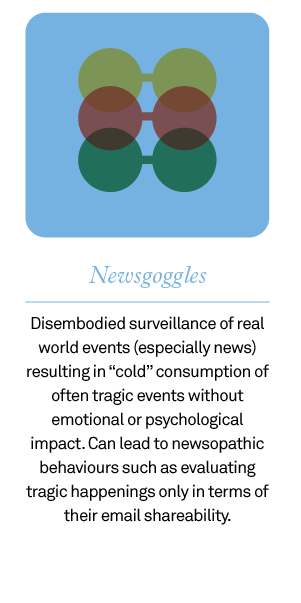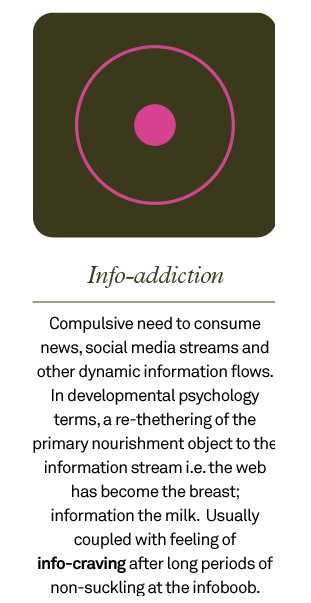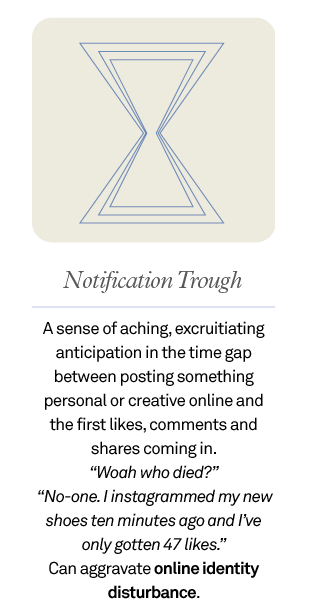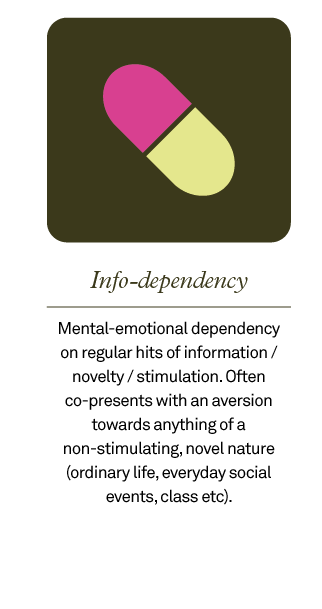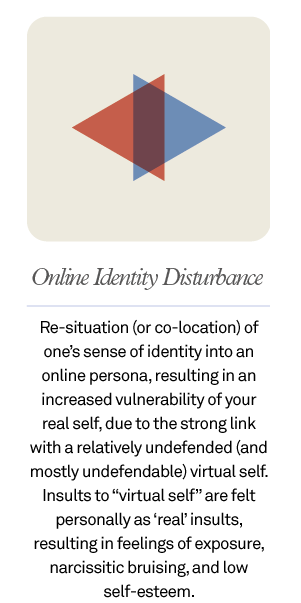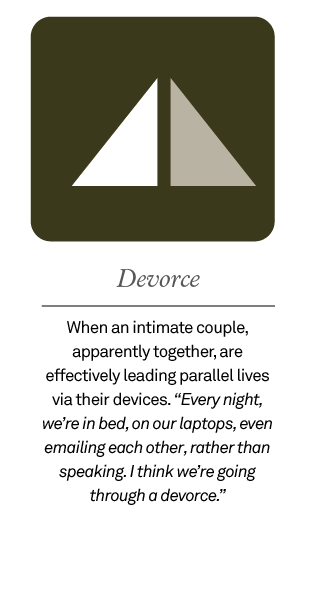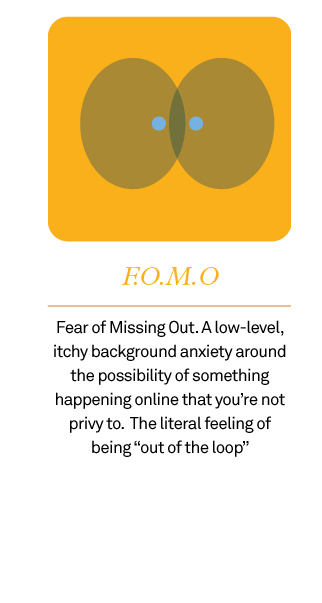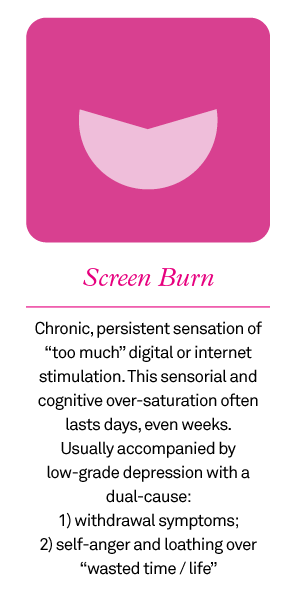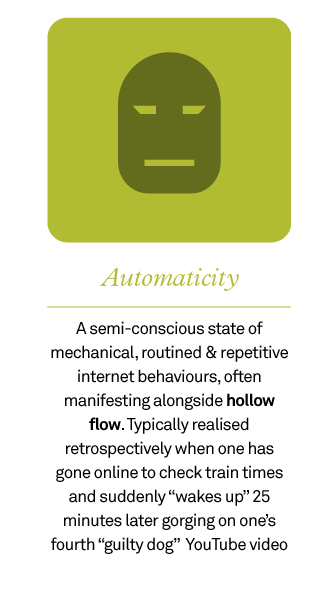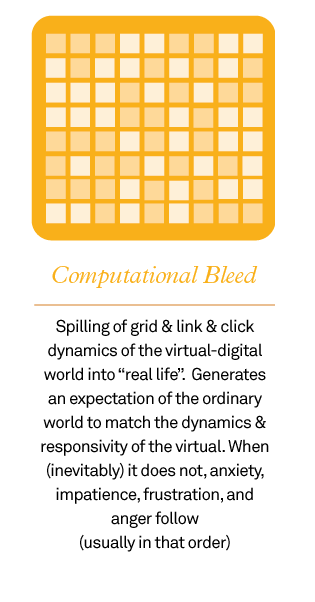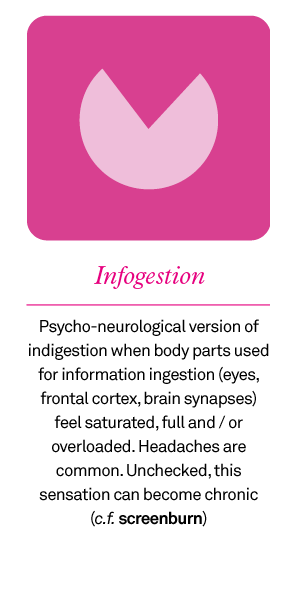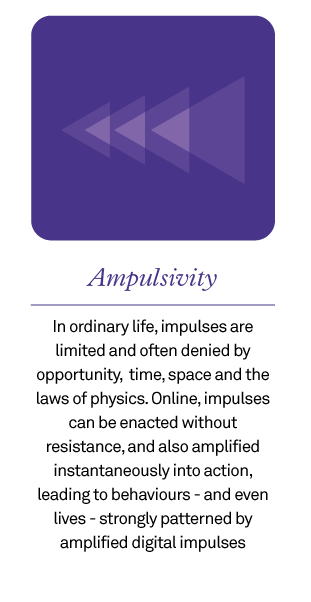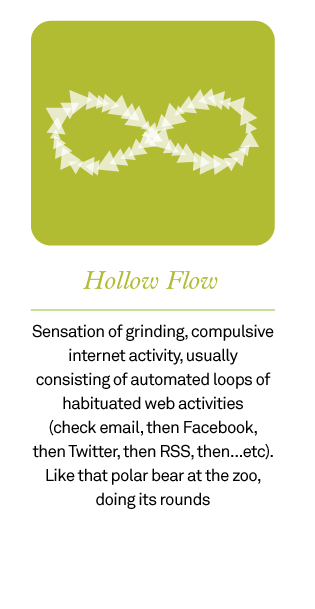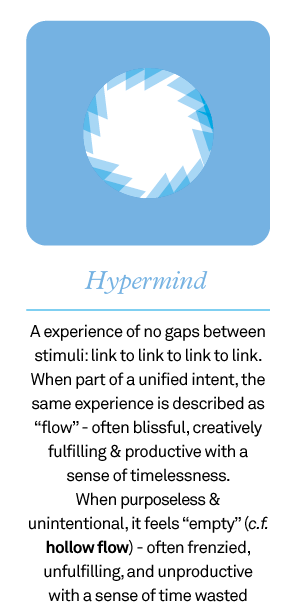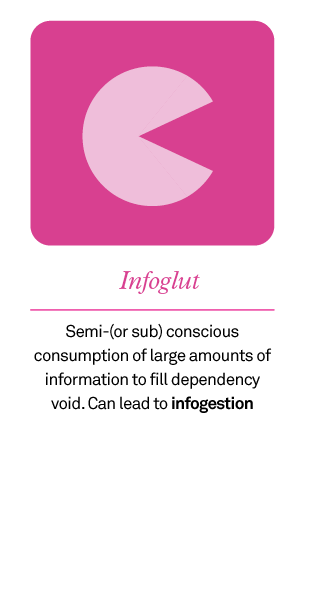“I am a man, nothing human is alien to me.”
~Terrence
A while back I wrote an article here about understanding the autism spectrum. I wanted people to understand that the classic expressions of autism like sensitivity to sound and not liking eye contact weren’t alien and weird. Those are expressions of normal humanity just with a different threshold for discomfort. If the”slider control” of sensory sensitivity is set for most people at 20 to 30 (on this completely arbitrary scale I’m making up) then Asperger’s might be at 50 and profound Autism at 80. It helps to clarify our relationship to ASD people. They are ourselves in extremity.
But that’s also a limited way to look at it. The spectrum of human neurology isn’t a little train track with stations scattered along it. In the current diagnostic map, there are a set of boxes available to bean-bag toss people into. But many people are profoundly affected by different kinds of “out of tolerance” brain quirks and kinks and they don’t meet the 4 out of 6 diagnostic criteria for this or that disorder. Therefore, whatever is up with them is bundled into the set of things that don’t officially exist and therefore can’t be recognized and treated within the current therapeutic sphere. The same people may be treated anyway by being placed in one of the existing boxes. Without wanting to pathologize everything, or unduly blame the caregivers, this is a bit like being treated for one illness because it sort of reminds your doctor of a different illness she’s more familiar with.
Asperger’s Syndrome, which officially doesn’t exist anymore, had a very distinct behavior profile. It’s understandable that Hans Asperger could recognize this signature in the boys he studied. As his model gained acceptance, more and more people were noticed by their similarity to the profile. More and more people appeared as outliers. In a sense, it’s like looking at a very busy wallpaper full varied shapes and configurations and only noticing one.
Understand me, I’m not suggesting that the world will be a better place if we invent a syndrome for every complaint or complexity. A diagnosis is only a blessing if it helps to make you whole. My son, like me, is a complicated piece of work. Earlier in his school experience, we struggled very hard to create a really good IEP for him with his teachers. This is basically a guide to how the school will understand this kid and deal with his issues. He had a provisional diagnosis of Asperger’s but he might as well have been given an XXX-Large cowboy hat for how well it fit him. At one point I found online what sounded like a remarkable match for his constellation of issues. It was in the European version of the DSM but it wasn’t in the American version. The result was that it couldn’t even be considered because, for all practical purposes, that syndrome existed only in Europe and not in the United States. Imagine if you had diabetes and sought help and were told: “Diabetes isn’t a real thing, at least not in this county”.
As I understand it it’s better to have ADHD in at least some areas of the United States than in most of Europe. Apparently over there they still hear a lot of: “That’s not a real thing.” Over here a surprising number of people with some sort of processing issues are equally likely to be placed in the ADHD box OR the high functioning autism box. Because even at the state of the art level of diagnosis this stuff isn’t crystal clear. We don’t have truly differential diagnostic tests and subjective impressions and biases play a large and rather random role.
Maybe the most important thing to consider though is that the level of the supporting science is very different for this and say cardiopulmonary disorders. Sometimes one gets the idea that medical science is a big vehicle carrying everyone forward at the same rate. We also tend to fall into the mistaken thought that just because there’s a treatment assigned to all things recognized as an illness that that treatment is basically successful. There are plenty of medical issues where the recognized best practices are really not very effective but are still treated as if hand delivered by Moses rather than probationary best practices that should be constantly studied for efficacy.
When it comes to Autism, knowledge has increased impressively since Hans Asperger. But there is a huge crowd of us weirdos sitting in the waiting room hoping to have our problems recognized as real not so we can wear the special cumberbund of victimhood but so we can stand a chance of improving our lot. Right now, even if your processing issue is recognized, the most that is likely to happen is the creation of a small list of best practices and some medication suggestions based on early, provisional research. The results of these at best are generally teeny, tiny incremental improvements in quality of life. Let me tell you, the communities of neuro-atypicals are all out there on the web appealing to each other for hope with the intensity of a family member looking for a lost child. The medical communities that treat them tend toward a kind placidity because they embrace the idea that having a treatment on the books is good enough. I’m not blasting caregivers for not dropping everything to research our crabby and confusing brains but what would help is recognition that what we know now is far from successful and sufficient.
For now, it would be useful to take the spectrum and give it height and width and depth as well as length, to give it some range and subtlety. And let’s not start by recognizing a single pattern and trimming the real human beings to fit. Let us take excellent measures of our many variables and begin to map an overall system of ourselves and our range of possibilities. Let us map atypical neurology like a range of islands and discover their proximity and relationship to each other. Patterns WILL emerge and we will all find our place together in a broad and subtle map of human nature.
Imagine being a starling in one of those massive dark clouds they create when swarming; Intensely focused, eyes forward, keeping up, swooping madly. So involved in this doing that we never look around and say: “What the heck are we doing?”. That would be doing it wrong. Interrupting automatic behavior is kicking yourself out of the game and likely paying some price for it.
There are many times in human life where it’s almost impossible to opt-out of preset behavior flows. The thing is, our sense of autonomy and free will often mask the inflexible and robotic within us. Imagine yourself walking into work, greeting familiar people. How much could you change the way you do that?
First, dress differently. Change your stride, your expression, and tone. Say surprising things, speak uncomfortable truths, use no templated behavior. In a meeting, don’t laugh with the group. Laugh without the group. Choose body language that conflicts with those around you.
It sounds like protracted, fingernails on the chalkboard misery, doesn’t it? It sounds like exhausting resistance to the flow. It sounds like asking for trouble. Please imagine how hard it would be for you to actually do that. You are feeling the enormous power and weight of automatic behavior, it is a tidal force that sweeps us along with it wherever it goes naturally. It is a hurricane gale if you walk against it. There’s enormous stress in clashing with social expectations.
But walking into work isn’t just waltzing past a few strangers, it’s a series of complex, patterned encounters.
Relationships with family, friends, and workmates quickly become codified. They develop a pattern that eventually becomes almost impossible to alter. If you pay close attention you can feel yourself in these moments of interaction morphing instantly into a modified version of you, especially adapted to this specific person. In their company, you have a well-understood way of greeting, a style of listening and a way of holding yourself. Buried in the same file are your ways of seeking information from them, making jokes, expressing camaraderie, or concern, etc. etc. You probably have different versions of these things prepared for many specific people. You don’t think about it. You didn’t plan these things… they grew automatically from your chemistry and relationship as the two of you worked out how to be with each other.
I’m just pointing out how much of life is evoked, context-driven behavior. It’s something observable that we all do, it’s global, it’s innate human behavior. In groups, we subconsciously monitor the environment for a sense of what it’s proper to be doing right now. We react instantly to signals during social interaction and display appropriate poses and expressions to answer those signals.
This constant flow of social mirroring and signaling doesn’t usually feel difficult or threatening. It doesn’t usually even feel like something we are doing. Not until there’s an uncontrollable breach in your display. Imagine throwing up, farting loudly or faceplanting in your nice clothes on your way into the conference room with “the team”. Inside us a sudden horror movie shriek, as we feel ourselves plummet into the social shame basement. We instantly begin emergency repairs with fevered apologies, explanations, and attempts to signal a return to normal. Shame is never more than a stupid comment or a burp away, and shame burns. It burns more than seems reasonable or proportionate. Shame hurts because, in spite of our apparent confidence, there is human machinery in us that cares a whole lot about what people think.
It’s very challenging to observe this our constant monitoring and mirroring of every group we are in, the way we change stance and attitude, distance, angle, facial expression and tone of voice. How we adjust our clothing and body language. Every person is a signal and we morph ourselves like camouflaging cuttlefish at every public moment to send the correct signal. This unconscious, automatic behavior can interact with conscious choice but it does so as little as possible.
Social interaction is a seamless matrix of automatic behavior, making it all but invisible. Anything you notice has to stand out against a contrasting background and human behavior IS our background. Your entire life in proximity to others is shaped by these autopilot primate rules of engagement. The pressure they exert is surprising.
This video is from Candid Camera long ago but it’s amazing. Watch these people completely mess with the minds of innocent strangers.
This really makes us look like puppets, doesn’t it? And you have to wonder what weird behaviors have us turning in circles and taking our hats off and putting them right back on again except that nobody is pretending in order to prank us. Famous old-school psychological tests showed that most people would deny the evidence of their own senses if others claimed to see something different and that many “decent people” would willingly torture an innocent person if simply pressured to by an authority figure. This is what Arthur Koestler meant when he said that more of mankind’s horrors come from self-negating behaviors than self-asserting behaviors. Being cooperative is a certain number of steps from just following orders.
(“So Bob, what line of work are you in?” “I frighten mice, like my Father and Grandfather before me..”)
Scientists taught white mice to fear the smell of cherry blossoms.
The offspring of these frightened mice were never subjected to this cherry blossom trauma but mysteriously, they also feared the smell.
More amazing still, the grandchild generation of the original trauma mice, also never subjected to the treatment, reacted with fear.
This is the classic cited example of Epigenetics or Soft Inheritance. The traumatic experience memory is passed along not by DNA, but by methylation changes on the DNA. It’s the DNA equivalent of working memory between generations.
In the old synthetic theory, without soft inheritance:
Two squirrels are living at the same time, in the way, way back when. Along comes a saber-tooth cat. Both squirrels run but the faster one survives and the slower one doesn’t.
Ergo->Faster squirrel genes move one step forward and thanks for playing, slower squirrel genes!
And now, with epigenetics:
Same time, way, way back when. Two squirrels again, different scenario. One squirrel has a close encounter with the saber-tooth cat and gets away, badly shaken but alive. The other squirrel was obliviously examining his nuts in a tree nearby. He never saw the cat, and he is unaffected. Squirrel number 1 has babies and they are born with a fear of cats or at least an extra sensitivity to “something moved!” Squirrel number 1 has enhanced his reproductive status by communicating a mission-critical message to the next generation and the one after. They are literally BORN with more “street smarts” than squirrel number 2’s offspring.
What does it mean if a creature inherits some of the important EXPERIENCES of at least two generations of its ancestors and possibly more? This breakthrough model is fascinating because it describes a form of parental teaching of life lessons to the young in species that can’t archive data or tell stories. Instead, they attach a little chemical post-it note to their genes saying “Beware of Cat”.
If asked “how could the genes know “Cat”? I’d answer “The same way they knew about cherry blossoms.” It’s staggering to think of the sophisticated mechanisms involved and questions rise like mountains in the near distance. Actually, it’s one question, repeated.
1. Something terrifying happens and a sort of snapshot of the event is taken within the organism. How?
2. Which (snapshot) captures details of the experience. How?
3. Ranking some as meaningful. How?
4. And retaining them. How?
5. Before initiating a process that hands this information off to the sex cells for the next generation. How?
6. This new generation “knows” this life lesson as if they’d lived it themselves. But How?
We have now reached the “Talking out of my ass” section.
The thing that gives me shivers (of excitement) is the list of things that must take place for this to work.
- There’s got to be a threshold of some kind. How intense does the experience need to be to “make the cut”?
- There must be a mechanism that takes these “Must know” memories out from all the other memories and decides to engrave them on gametes.
- There must be some crazy-ass coding that allows methylation changes on DNA to communicate details like the smell of cherry blossoms. That would be a highly specific molecule banging into the olfactory brain possibly for the first time ever, and setting off the fire alarm…through code.
- Also, the code is obviously not a complete memory falsifying the experience of the animal receiving it, but close enough that when the real world and this knowledge construct line up, it causes an autonomic emergency deja vu.
I think the “Camera” that could take that memory snapshot is perception/working-memory and the developing chemicals would be concentrations of fight or flight stress hormones that “develop and burn-in” the image. It could also be triggered by something less obvious, like the moment of relief at reaching safety, with the adrenaline fading and your little squirrel heart going like mad. That could prompt a rewind and transcription of the last minute of memory. Who the hell knows?
2, 3 & 4. I imagine the salient details are the Bold and Italic sensations of that experience, the ones that loom and glow in memory as you look back on it, momentarily experienced again. Long term memory is the most economical way to retain this information and would occur naturally. Perhaps mentally reliving the event (including within dreams) a critical number of times prioritizes passing it forward.
5. I got nothing.
It seems certain to me that many classic human knee-jerk fears like spiders, toadstools and snakes are among our deeply reinforced examples of this process. And that brings up some issues closer to home. Presumably, every human baby is born with some of these “presets”. It seems like the nearly global ones must become default elements of our standard inheritance. Is there some process that triggers the elevation of a methylation memory to DNA proper? Is there some tipping point of reinforcement that causes that? Like if PARENT has a trauma experience coded and CHILD does too, (as their own direct experience, not passively) would the two copies being present in CHILD pass on the message to GRANDCHILD with more urgency? For example, could two doubly reinforced people merging their four copies at the moment of conception cause a crossover to DNA inheritance? That question is kind of rhetorical, I’m just shaking my head at the amazing possibilities of this system.
Other random questions:
- Could that kind of double reinforcement play a part in paralyzing phobias?
- How long does it take from trauma to rewritten gametes? If the survivor conceived the next day would the information be ready?
- Men replenish sperm at a rate that shows tremendous optimism, and a woman’s eggs are more or less archived, or at least they travel like a slow and stately parade in comparison to sperm. Does this mean these memories are sex-linked?
- Since our gametes are so different would there have to be separate mechanisms to do the encoding? Do eggs get these “critical updates”?
- Are there equivalent positive messages about life success, not just skin-of-our-teeth escapes? It makes some sense to me that success heuristics belong in the system too, but would be harder for us to demonstrate experimentally. Perhaps that’s more of a learn by observation thing. Animal parents can demonstrate life skills but can’t demonstrate how to avoid a monster attack.
- Can these messages be annotated in the trip from say, a grandparent to a grandchild?
- Could separate, different messages from different parents ever blend and synthesize into something unique?
- Is there a decay time for these messages? Do they fade across generations if not reinforced? Is there a mechanism protecting normal healthy species behavior from being dangerously rewritten or overridden by these alerts?
In summary, we are talking about an evolutionary mechanism which fills a couple of the gaping holes in Darwinian theory.
A Tautology for a Theory: “Survival of the fittest” is a fugue idea, chasing its tail. The fittest can only be described by their survival. The Darwinian mechanism is really about the elimination of gene-pool competitors leaving “the fittest” still standing and reproducing. Kinky!
Time: There is no mechanism for the fittest to develop their adaptive advantage except endless friggin’ time and lucky mutations. Evolution has happened much faster in reality than jives with Darwin’s crawlingly slow “change through random accident and mutation” story. Instantly this makes much more sense than calling upon eternity to explain your mechanism.
Random Changes: Random mutations have been studied constantly since the theory launched. In an experiment replicated many times, random mutations have been generated in thousands of generations of fruit flies in the lab by radiation. Not a single lucky mutation resulted. No change in that population resulted.
Galapagos finches have fitness-enhancing beaks but no practical way to acquire them. Deprived of support from randomness and eternity, Darwin is an empty lab coat. We have reached a happy upgrade to our thinking.
Evolution is sophisticated, multilayered, and complex. It stacks the deck in any way it can. It behaves at the very least, as if strategic. We are arriving at theories that mirror the subtlety of reality. We are finally getting better at this.
Drones aren’t irrelevant in bee society they just aren’t really the kind of people you want to be seen with.
Drones develop from unfertilized eggs and are haploid. Queens and workers develop from fertilized eggs and are diploid.
Virtually all organisms are diploid, an original genetic mix based on sexual reproduction with a mix of genes from mom (xx) and dad (xy). The only males in a beehive are the drones and they do not participate in gathering nectar and other bee jobs, they are there purely to inseminate the queen (queen being a strange word for ovary, apparently) and drones are the offspring of unfertilized eggs.
So drones are haploid, containing no recombination of the previous generation, it is basically a flying gamete and all its sperm are identical. All those identical sperm have only source of genetic information, the unfertilized egg it hatched from. A drone is basically a clever workaround for an egg to make sperm that makes more eggs. But to bees it’s critical that there is as little genetic drift as possible. As a result, the sister bees who do all the work are more closely related than ordinary sisters, instead of sharing 50 % of genes they share 75 %. More reinforcement for the idea that a hive is a quasi individual. And get this (pulling from wikipedia below) …
Because the male bee technically has only a mother, and no father, it’s genealogical tree is rather interesting. In the first generation there is one member (the male). One generation back there is also one member (the mother). Two generations back there are two members (the mother and father of the mother). Three generations back there are three members. Four back there are five members. That is, the numbers in each generation going back are 1, 1, 2, 3, 5, 8, … —the Fibonacci Sequence.

Early and raining
Slow line of cars, kids climb out
asshole cuts in front

It’s hilarious how much cultural “values”, the dos and don’ts, are exactly like the preferences and peccadilloes of a particular person. These Japanese “no-no”s sound like a description of things that one random person might have very strong feelings about… but in fact, a whole country is ready to be very disappointed in you.
You have your likes and dislikes; your quirks and peccadillos. Put enough of them together in a somebody and you have a personality. You and your love have a relationship, with predominating moods and flavors, things you both love and hate, as recognizable to both of you as each others faces. That is the personality of your relationship and you could almost call it a culture of two. You and your family have a kind of extended self, absolutely made of individuals, but having a corporate nature. Again, moods, styles, activities, and traditions: The personality of your family: The culture of us, ourselves.
Your town and state have cliches and classic types, local foods, music, religions, sports, and jokes. Your area may even have unique social faux pas. You have your classic regional moods, so well defined that Hollywood can set a story in your area as shorthand for the tone of the movie. Your country likewise has these same locally famous traits but pulled from many distant points and due to this diversity, the warmth of these traits is much more diffuse. Americans from Maine might enjoy funny Florida cliches but they don’t evoke the tenderness of good old home-cooked cliches. These taste of home because they are the personality of your region: The self that you are actually a piece of even when parted. If you have been away a long time from the place that is unquestionably your home, odds are that the sight of some hideous local billboard or despised local celebrity might well thrill you and soften your heart. This is you, a tiny particle of that place sensing the correct SELF of belonging and yearning toward it.
Culture is personality flowing bottom-up from a community. It’s the basket holding that composite soul together and in place. It is also the background that makes outsiders visible against it. It’s the recognizable border between us and them. Humans produce culture as naturally as spiders weave webs. The tension force within the culture creates the tone of inclusion tempering exclusion and vice versa. Tension force determines the “temperature” of how cold or warm the welcome is to outsiders.
I don’t associate warm with progressives and cold with conservatives as a political bias, but in this context, conservatism means suspicion, standoffishness or even hostility. Conservatives play the role in the cultural ecosystem of tightening the borders while progressives loosen them. And it isn’t always about a literal border, the border can be about how purely insiders display their cultural loyalty. It can be about disapproving of behaviors becoming less hidebound to cultural authority (often acted out by grumpy old people). Either wing, without the other, is dangerously out of balance. Either wing, deprived of this balancing opposing force, becomes a runaway monster seeking enemies within when it can’t find them without. That’s how desperately important opposition really is. When deprived of it the isolated wing has a panic attack and seeks everywhere for enemies to counter itself. The steady opposition between a healthy left and right results in a cooperative outcome: A tension force that protects the community from the weaknesses of each. This is the community organism as a healthy individual with a well-balanced nature.
Pretty damn funny
